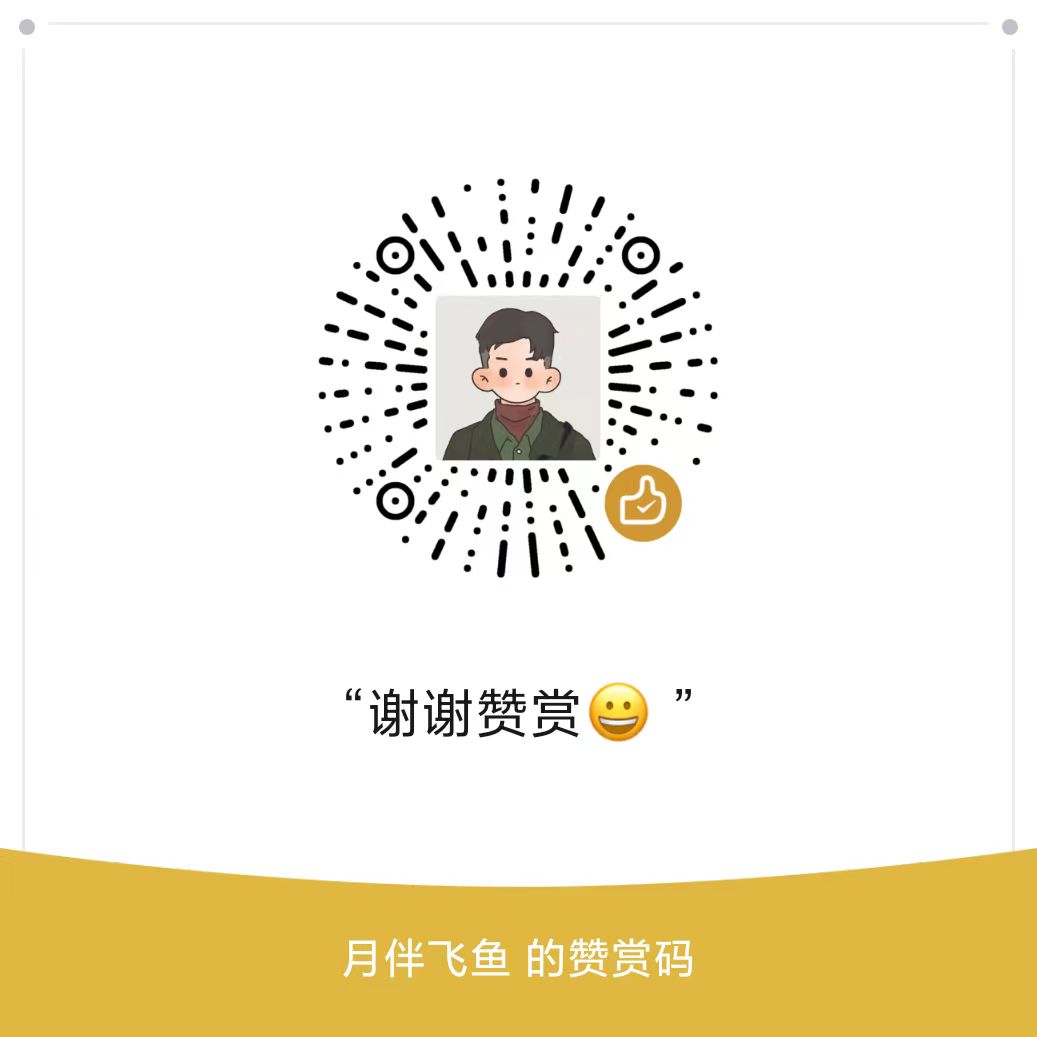在 Java 中,主线程无法直接捕获子线程抛出的异常,因为主线程与子线程是独立的执行单元,它们的执行是并行的。
子线程的异常通常在子线程内部处理,或者通过合适的机制传递给主线程。
不过,有几种方法可以实现主线程捕获子线程的异常:
1. 使用 Future 和 Callable
Future 允许主线程获取子线程的执行结果和异常。
当子线程抛出异常时,可以通过 Future.get() 方法将异常抛出到主线程,主线程可以捕获并处理这些异常。
示例代码:
import java.util.concurrent.*;
public class ThreadExceptionHandling {
public static void main(String[] args) {
ExecutorService executor = Executors.newSingleThreadExecutor();
Callable<Integer> task = () -> {
throw new RuntimeException("子线程异常");
};
Future<Integer> future = executor.submit(task);
try {
future.get(); // 这里会抛出子线程的异常
} catch (ExecutionException e) {
System.out.println("捕获到子线程异常: " + e.getCause().getMessage());
} catch (InterruptedException e) {
Thread.currentThread().interrupt();
} finally {
executor.shutdown();
}
}
}解释:
使用
Callable定义任务,它可以抛出异常。主线程通过
future.get()获取子线程的执行结果。如果子线程抛出异常,get()会抛出ExecutionException,异常会被getCause()方法捕获。
2. 使用 UncaughtExceptionHandler
UncaughtExceptionHandler 是一个线程的未捕获异常处理器。
它可以处理没有被捕获的异常,适用于那些没有被 try-catch 捕获的异常。
示例代码:
public class HollisUncaughtExceptionHandler implements Thread.UncaughtExceptionHandler {
@Override
public void uncaughtException(Thread t, Throwable e) {
System.out.println("线程 " + t.getName() + " 抛出未捕获异常:" + e.getMessage());
}
}
public class Main {
public static void main(String[] args) {
Thread thread = new Thread(() -> {
throw new RuntimeException("这是一个未捕获异常");
});
thread.setUncaughtExceptionHandler(new HollisUncaughtExceptionHandler());
thread.start();
}
}解释:
创建一个自定义的
UncaughtExceptionHandler,并通过setUncaughtExceptionHandler()方法将其设置为线程的异常处理器。当线程抛出未捕获的异常时,
uncaughtException方法会被调用,主线程可以在其中处理异常。
3. 使用 CompletableFuture
CompletableFuture 提供了异步编程的支持,并且可以捕获子线程执行过程中的异常。
通过 handle() 或 exceptionally() 方法,主线程可以捕获子线程抛出的异常并进行处理。
示例代码:
import java.util.concurrent.CompletableFuture;
public class CompletableFutureExample {
public static void main(String[] args) {
CompletableFuture<Integer> future = CompletableFuture.supplyAsync(() -> {
// 子线程抛出异常
throw new RuntimeException("子线程异常");
});
future.handle((result, exception) -> {
if (exception != null) {
System.out.println("捕获到子线程异常: " + exception.getMessage());
} else {
System.out.println("子线程结果: " + result);
}
return null;
});
}
}解释:
CompletableFuture.supplyAsync()在子线程中执行任务,handle()方法会处理子线程返回的结果或异常。如果子线程抛出异常,
handle()方法中的exception参数会非空,主线程可以在这里捕获并处理异常。
总结:
Future和Callable:允许主线程通过Future.get()获取子线程的结果或异常。UncaughtExceptionHandler:为线程设置一个全局的异常处理器,处理未捕获的异常。CompletableFuture:提供异步任务和异常处理功能,可以通过handle()和exceptionally()方法处理异常。




